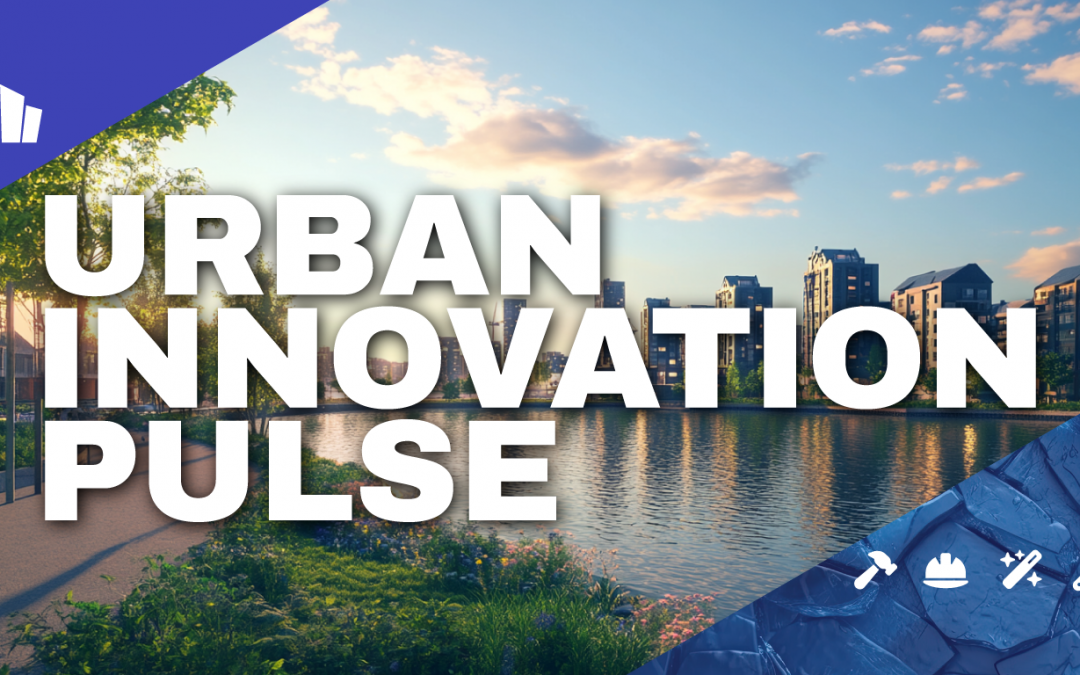This week’s report highlights key developments in urban innovation, including Shenzhen’s global conference on urban development, Shanghai’s ambitious green transformation initiatives, groundbreaking advancements in renewable energy storage for smart buildings, and a visionary plan for Adelaide’s urban landscape. These stories reflect the ongoing transformation in sustainable building technologies, urban mobility, and community-driven city planning.
Smart Cities
- Shenzhen Hosts Urban Innovation Conference: On January 7, Shenzhen convened the 2025 Urban Innovation Development and International Cooperation Conference. The event, organized by the Small and Medium-Sized Cities Development Committee of the China Research Society of Urban Development (CRSUD), focused on innovative urban development, fostering international business environments, and advancing new quality productive forces. (Global Times)
- Shanghai’s Green Transformation: Shanghai is enhancing its urban landscape by integrating more trees and green spaces. Initiatives such as green corridors, planted rooftops, and vertical forests aim to address ecological and social challenges, improving public health and aligning with traditional Chinese philosophies. Notable projects include the Yangtze River Estuary Nature Reserve and developments like The Roof and the 1,000 Trees project. (Condé Nast Traveler)
Smart Buildings
- Energy Vault’s Gravity Energy Storage: Andrea Pedretti, designer of Energy Vault’s Gravity Energy Storage Solution (GESS), highlights its potential for providing long-duration storage for renewable energy, circumventing the need for lithium-ion batteries. The system utilizes excess renewable energy to elevate heavy blocks, which are then lowered to generate electricity as needed. Energy Vault has implemented the world’s first commercial-scale GESS project in China and is developing additional projects, including the first large-scale facility in the U.S. Collaborations with architectural firms aim to integrate these solutions into skyscrapers, enhancing urban sustainability. (TIME)
Advanced Materials
- Innovations in Urban Mobility and Construction: The acceleration of exponential technologies is transforming economies and industries. Projects in cities like Vitoria-Gasteiz, Paris, and Barcelona focus on sustainable urban mobility, utilizing advanced materials and technologies. Companies such as Tetravol apply immersive technologies and 3D modeling across various sectors, while others innovate in urban air mobility and 3D printing, contributing to the development of advanced materials in urban environments. (El País)
Emerging Concepts
- Adelaide’s Urban Landscape Transformation: Over the next 30 years, Adelaide’s urban landscape is expected to undergo significant transformations driven by key developers, builders, and architects. Predictions include a shift towards a ”central living district” with vibrant community-centric projects, the emergence of high-rise buildings on the CBD fringes, and designs that complement heritage while promoting public engagement. Emphasis on accessibility, sustainability, and livability aims to shape Adelaide into a connected and efficient city. (Adelaide Now)
How This Report Was Created
This report was compiled using the Urban Innovation Pulse tool, leveraging recent data and news from trusted online sources, academic journals, and industry reports. The content is organized into four thematic areas of the built environment to provide a comprehensive overview of the latest developments.
